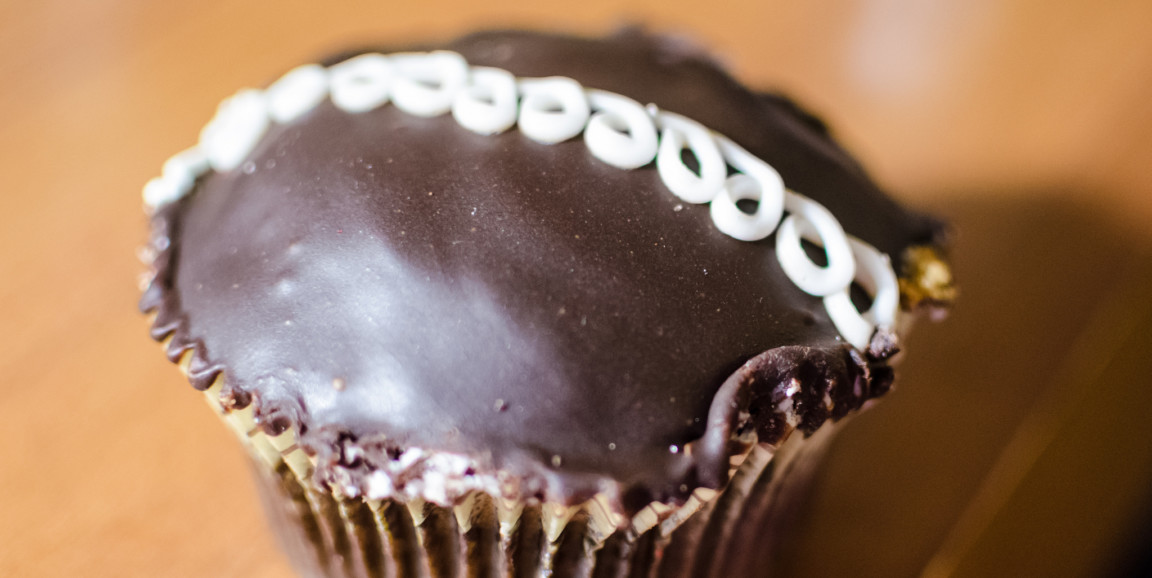You already knew our modern high-fat, high-sugar, high-starch, minimal-fiber diet was going to be the death of us all, because you've been told a thousand times. Now, a new study in Proceedings of the National Academy of Sciences by Stanford microbiologist Denise Monack, PhD, and her colleagues gives us yet another reason to watch what we eat.
We don’t eat the way our ancestors did, as I noted a couple of years ago in "Gut Bust," an article for our magazine, Stanford Medicine:
The proliferation of nearly fiber-free, processed convenience foods since the mid-20th century has resulted in average per capita fiber consumption in industrialized societies of about 15 grams per day. That’s as little as one-tenth of the intake among the world’s dwindling hunter-gatherer and rural agrarian populations, whose living conditions and dietary intake presumably most closely resemble those of our common human ancestors.
The first Hostess CupCake (the snack with "the surprise inside!") was sold on May 11, 1919. By 2011, sales of the cupcake, with its single gram of fiber, were exceeding 600 million a year. (The "surprise inside" was a cream filling consisting of sucrose and partially hydrogenated vegetable oils.) Wonder Bread — cloudlike clumps of starch weighing in at 1 gram of fiber per slice — came along in 1921. Toss in Tang, PopTarts, Velveeta, packaged macaroni and cheese, condensed soups, frozen dinners, and a heap of meat and mashed potatoes. And, behold! There's your modern Western diet.
Monack, her postdoc Brooke Napier, PhD (now on the faculty at Portland State University), and the rest of the team put lab mice on a two-week regimen of either standard lab-mouse chow or one akin, in composition, to the modern Western diet. Then the researchers exposed these mice to an experimental treatment that induced sepsis, a massive inflammatory and toxic immune overreaction to an infection or irritant.
Sepsis is a serious problem among humans. It's the 11th most common cause of death globally and, Monack told me, the cause of one-third of all hospital deaths.
So it's a bit alarming that the mice on the Western diet had substantially more severe disease and higher death rates then the ones fed standard mouse chow (which comes much closer to nutritionists' recommendations for human consumption).
Just like Hostess CupCakes, the new study had a surprise inside.
There was already evidence that Western diets might render people more vulnerable to inflammation and the numerous disorders with which inflammation is associated. Scientists have figured that part of the reason for this is that such diets can cause the lining of our gut to get thinner, to the point where its normally harmless and even quite beneficial microbial inhabitants can leak out into the bloodstream and wreak havoc.
But when Monack and her colleagues ran the same experiment on mice that had been specially reared so that their guts would be entirely germ-free, the mice fed on a Western diet still fared worse than the chow recipients.
The upshot is that there's something about all that fat and sugar or absence of fiber in the modern diet that, independent of any ill effects on our intestinal microbial ecosystem, may predispose us to nasty inflammatory overreactions. Carrots for breakfast, anyone?
Photo by m01229




